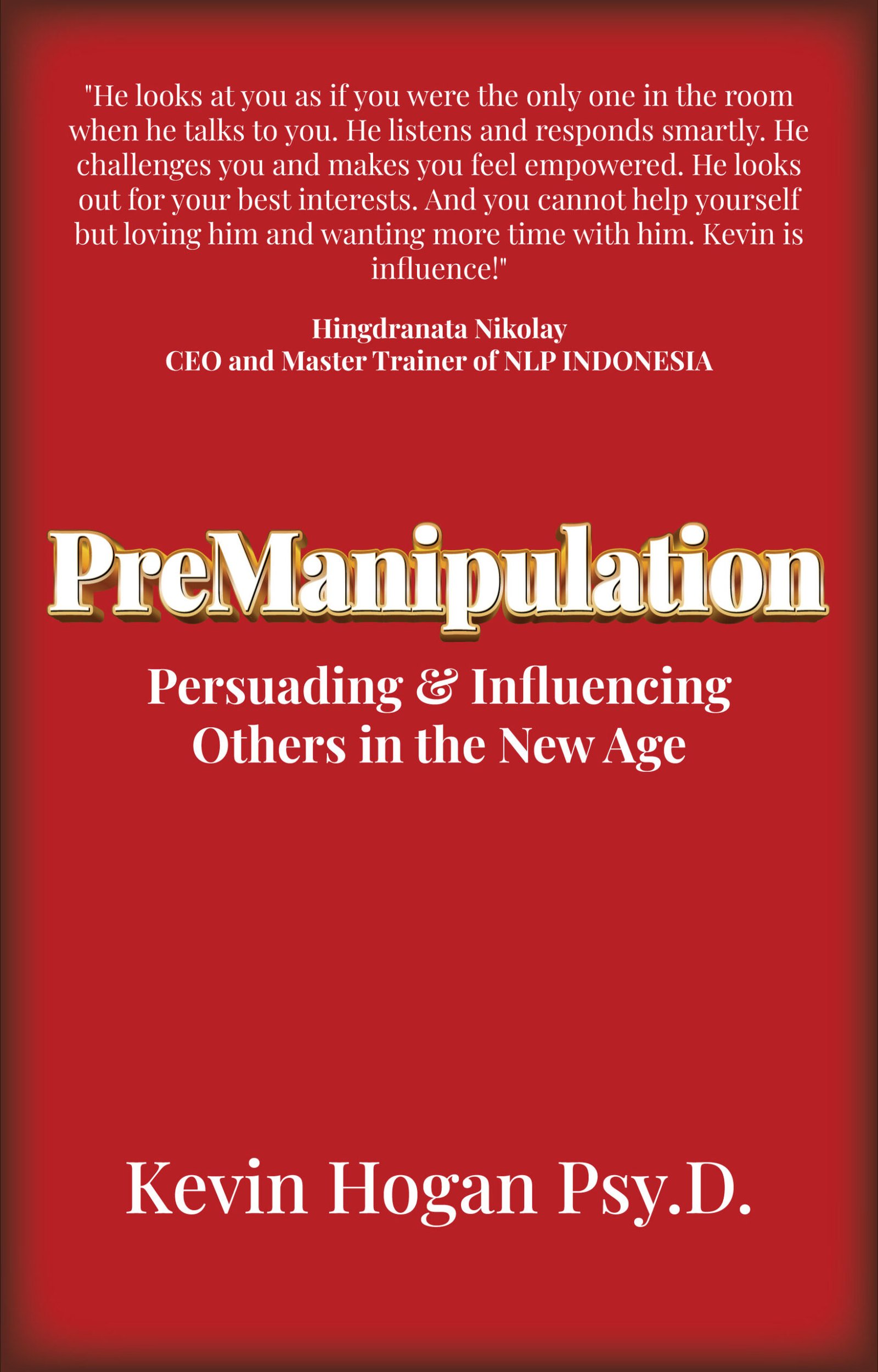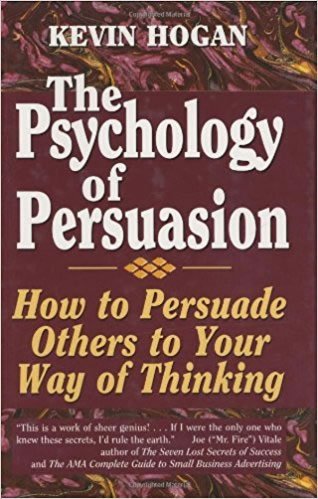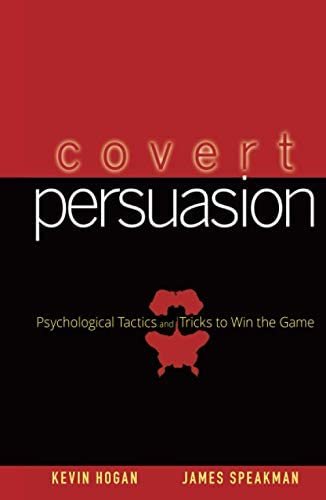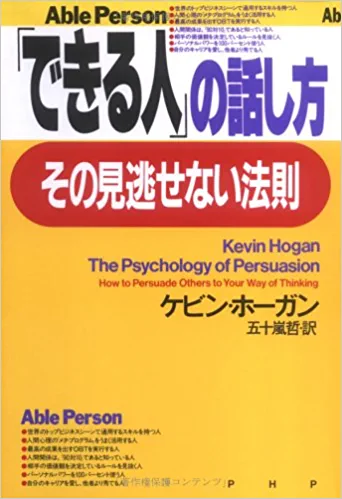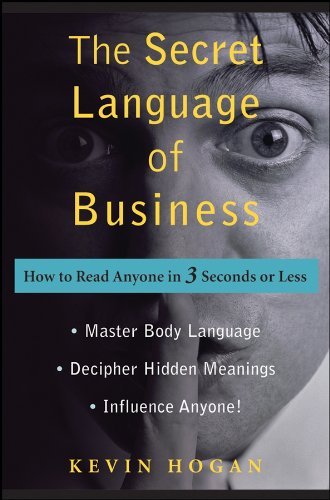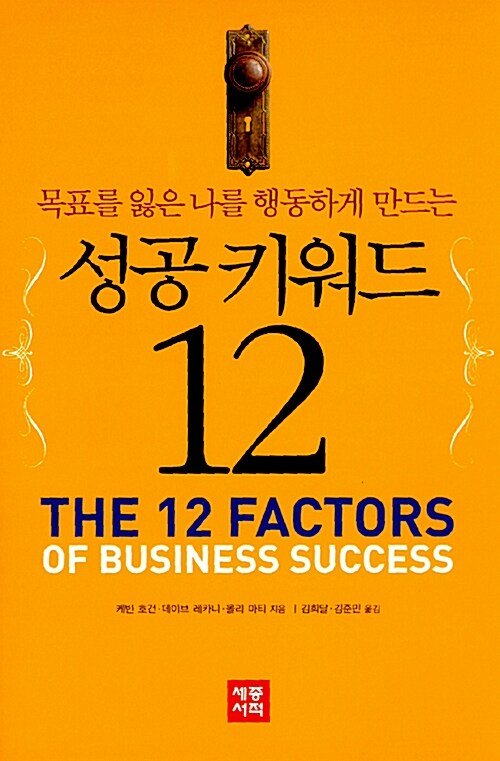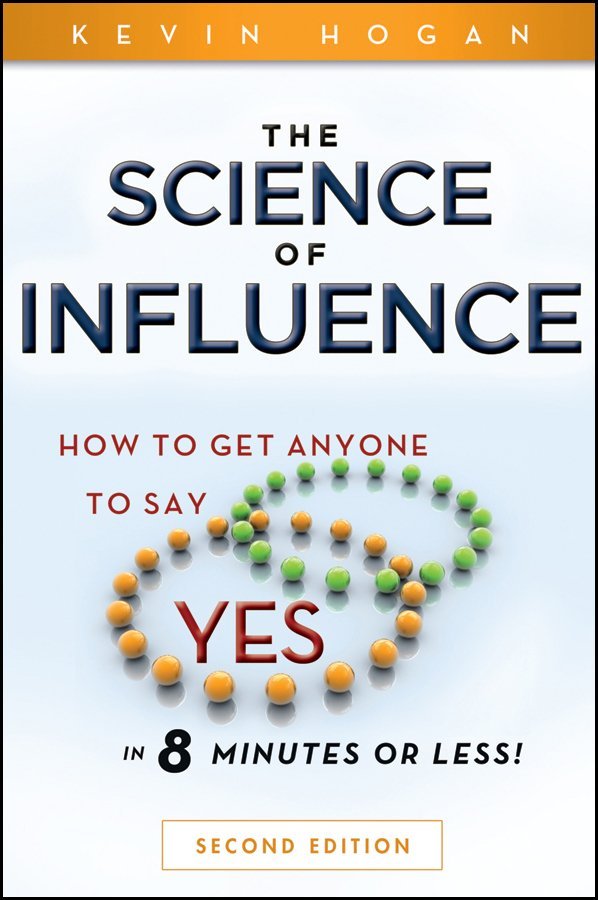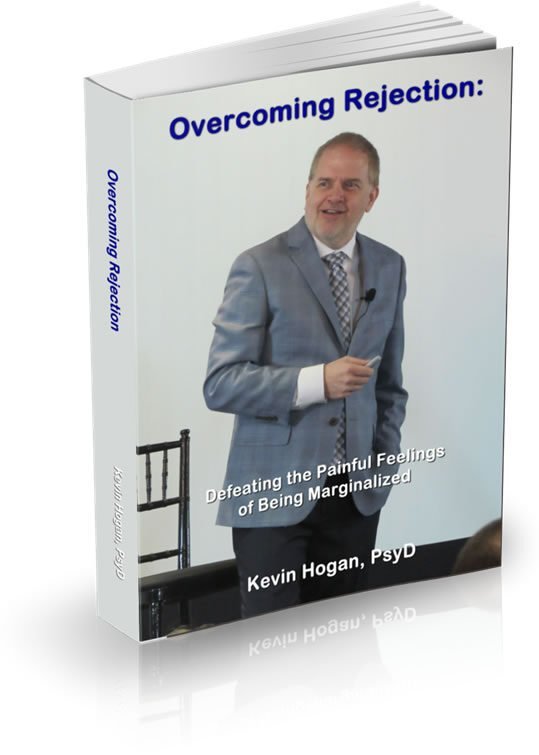From Zero to Success – How… and How Many Days Until You Arrive?

Over three dozen emails and texts about “private equity deals” has crossed my coffee table in the last two months.
I’m lucky.
I know a handful of people who I’ve seen open the NASDAQ and the NYSE that work in this world. They’ve shared with me how it really works, who it works for, and why it almost always goes south for the vast majority of normal humans.
It’s nothing like what is being advertised in social media.
You can go on and on and see what people like you have done that just didn’t work. It’s not a question of anything except that people can’t see the challenges that are ahead in projects for which they have no frame of reference.
In other words, they have not been there, they have not done it, but they’ve all “heard stories” and are CONVINCED that she’s done it.
She hasn’t.
And neither has he.
It’s not just private equity deals, it’s franchises, loading up on doing any new cool social media project.
Here’s the deal. No matter WHAT you do, you’re going to do social media. It’s not the success/failure button. It isn’t a button except it’s like water and air. Like it or not you have to have it. But IT doesn’t DO anything but build credibility and a following.
Have you ever noticed that friends you have outside the US have a much greater social media connection to the world than you do?
Now, do you think that makes it easier or more difficult to succeed?
Don’t worry, no one likes to answer the question because the answer seems obvious and it is not obvious.
The most interesting causes of failure are the actions that people are advised to take in order to be “successful.” Sadly these ill conceived plans predictably lead to confusing results and ultimately semi-permanent failure.
Today you consider moving from Failing Often to Succeeding Often. However it helps to understand short term “failure” and how it happens so you can unwind the problems and move toward solutions.
The most common advice that was told to entrepreneurs that became Inner Circle Members is, “I was told to do a little each day.”
(Yes the advice is good in some contexts! But not in achievement or “success outcome projects,” sales, or business.)
The story is of Bill vs. John. Bill was taught to do a little each day. John was taught to concentrate effort into blocks of time and accomplish 7 times in one day what Bill would do. (Most people work about 1 real hour during the day on a project.) Bill and John both broke the project into simple steps. Bill determined he would need 17 weeks, John determined he’d need two weeks, then he’d start his next project on Day 15.
I made this diagram a long time ago. I still love it and put it on the white board every now and then as a reminder.
Before you check out the image below you simply need to remember three things.
1) When you take any path in anything in life it will either dead end, side track or return you to a point where you have to redo something.
2) There is a victory point for many desired outcomes. But not all of them!
3) You’ll probably have to make more than one attempt at succeeding and you’ll have to take slightly different tracks.
It’s as simple as this:
The Kevin Hogan Simple Success Diagram

Turning failure into success.
That is my favorite Success/Failure Chart. I’ve had it right here on the $10,000,000 Coffee Table for almost 20 years. (Can you tell?!)
Yes, you can see why. If you are astute you noticed even though you are likely to make a mistake that requires restarting or going backward before you go forward, the fact is, if you REALLY have the time available you can win most of the time.
Now we can compare how John and Bill, two very different guys are going to move their way toward some kind of success.
Here’s the secret: Both will use the same diagram I just gave you!
Bill’s ULTIMATE… FAILURE CHART…even though he appears to succeed… watch…
Bill’s September – December Weekly Planner
1. Plan
2. Prepare
3. Strategize
4. Find an aesthetically pleasing end result
5. Determine the content of the project
6. Begin to put together the book, program, course, event.
7. Research for good content.
8. Create and develop
9. Edit.
10. Layout.
11. Prepare for release.
12. Write promotional copy.
13. Get copy edited.
14. Release
15. Tabulate “Sales” or “Orders” or responses.
16. Evaluate Results
17. Bill determined he SUCCEEDED!
The business sold 100 units at $1,000 and the business is dead in the water because the annual expenses of both men’s business are $300,000. Bill is on target to break even…die a slow painful death.
And here’s the unseen aspect: Bill’s PROJECT succeeded. Yes, Bill’s business is going to be short lived even though his project succeeded. He simply used up too much time.
This is a common problem of people new to business. They go to the office for a half day. Or they work an hour on a project, or a little each day, or one full day in a week but don’t work until completion which is ultimately the strategy that creates the most successes, the most failure, and the highest profits.
Now we turn the page and see how John used the diagram in his year.
John’s SUCCESS CHART (page 1) Even though he fails…
John does in 17 days what Bill did in 17 weeks. September 1 – 17 Daily
1. Plan
2. Prepare
3. Strategize
4. Find an aesthetically pleasing end result
5. Determine the content of the project
6. Begin to put together the book, program, course, event.
7. Research for good content.
8. Create and develop
9. Edit.
— End Week One —
10. Layout.
11. Prepare for release.
12. Write promotional copy.
13. Get copy edited.
14. Release
15. Tabulate “Sales” or “Orders” or responses.
16. Evaluate Results
17. Determine (Imagine) that John didn’t do well. Perhaps he sold 1/3 of what Bill did, so we’re going to call that a fail!
— End Week Two —
Now it’s time for him to do SIX more projects over the next (17 days x 6 projects) 15 weeks. Why? Because TIME and EXPENSES will kill a business where one does a “little each day” (Week/month/whatever)
Now we have John REPEAT, with different projects 7 times, in the next 16 weeks.
JOHN’s SUCCESS CHART (Page 2) September – December Weekly
1. Plan
2. Execute FAIL
3. Plan
4. Execute SUCCESS
5. Plan
6. Execute FAIL
7. Plan
8. Execute SUCCESS
9. Plan
10. Execute FAIL
11. Plan
12. Execute SUCCESS
13. Plan
14. Execute FAIL
15. Plan
16. Execute SUCCESS
17. Christmas
As you can see, John had four projects succeed instead of one. 4 times the revenue, 4 times the income, 4 times the profits. (Actually Bill won’t make profits, he will maybe…break “even.”)
John failed 4 times where he only got 1/3 the revenue he had “projected” on each project.
Final results:
Bill’s Success Factor 1, John’s Success Factor 12
Bill Succeeds 3 times with ZERO failures. Meanwhile John has 24 projects completed from the year and fails half of the time where he falls short of income goals.
($300,000 vs. $2,400,000 for example)
John FAILED 12 TIMES. He failed HALF of the year! That’s TWELVE embarrassing failures!
You can also think about it this way: Your friends will see you have 12 failures!!! You will LOOK BAD! What you know that they don’t know is that even with 12 “failures” you earned $2,400,000. vs. 0 failures! John’s three “successes” ended up bringing in ZERO income. And Bill LOOKS GOOD!
YOU pick.
Do YOU have what it takes to FAIL often enough to succeed?
 Reaching base in 35% of at bats in baseball is generally considered an impressive success.
Reaching base in 35% of at bats in baseball is generally considered an impressive success.
This is the single most important lesson in achievement.
One year: 12 failures AND 12 successes. Results 2.4 million dollars gross in this scenario.
vs.
One year: 3 successes…almost no income.
Result 300,000 dollars gross but no personal income because the business broke even.
Think about failing TWELVE times in the next year. OUCH!!!
And Bill succeeded ALL YEAR!!! Yes, his business is dead, but Bill succeeded.
Concentrated effort, strategy and SPEED are critical in business. The ability to plan, execute, produce and move ALONG cannot be over stressed.
Lack of Self Regulation,
Expectancy,
Limiting Beliefs,
Poverty Consciousness, and
Attitude and a number of other variables all play a role in whether someone will fail or succeed. Often small, but very important changes, in ANY of these areas will make massive differences in your bank & friendship accounts.
Here’s what to do and what to watch for and what to do when you see obstacles coming your way.
Can you really go from accomplishing nothing to achieving what you want?
Let’s start on Monday.
Monday
Creating shifts in other people’s minds is not always an easy task. Doing the same for yourself…is a BIGGER CHALLENGE.

Success and failure have a lot to do with attitude but not the kind of attitude most people think about when they think about achievement. The attitude of getting things done and getting them done FIRST everyday, is a nice shift that pays dividends forever.
Last week winter called it a season and yielded to spring. The snow on the roof converted to water leaking all over the landscaping, in high volume. Not good. I got up on a 30′ ladder (really, with the damaged left leg and everything) and cleared the gutter, then caulking it up. Result: Next day it was warm again, the rest of the snow melted and water poured out of the gutter. I FAILED! And I screwed up my right hand on the way down the ladder.
Is it fixed now? Well, yes, I went back up on the ladder the next day and have patched it up. It won’t rain again here until tomorrow…at which time I’ll find out if I have failed or succeeded. I honestly have no clue, but I’ll let you know!
I get things done, even things I often should task to someone else. Most of my crucial work is done when others sleep or are away.
BUT if you have to work with other people, then you have to take that same kind of focus and attitude calibration and set it in a different light.
The Poverty Triangle
Most people live a life where they could take a lot more control…if they made a few shifts. You and I want to see people take responsibility for themselves (including ourselves) in three facets of life.
Poverty, in the sense of being poor, comes in many forms. Some are quite specific to geography, occupation, spirituality, or even recreation, to name a few. On the other hand, some forms of poverty are more general. Identifying your current state of ‘wealth’ or ‘poverty’ in these areas is a starting point to accomplishment.
What are the three areas that make up this poverty triangle? It has been said that most people are either time poor, people poor, or money poor. That statement has enough merit to look at each of the three.
Time Poor
Everybody is allotted the exact same amount of time every day. In general, people only differ in what they do with that time. Where many tend to go wrong in this area is in over-estimating how much time is left to complete something, and under-estimating how long it will take. It’s a common mistake. How would you rate yourself?

One way to overcome this time deficit is to develop the habit of being on time, or even early…always.
Here’s how you can install this behavior forever.
Would you intentionally be late to a sunset with that someone special at the right place for the right moment?
Nothing shows lack of concern or caring like being late. I use it as a simple gauge for trust in general. Either they will be there or not. It’s that simple.
Legend Point: Respecting time is one of the most important success factors there is to adopt. You cannot be successful and be a person who is late.

Of course, being early can mean waiting longer for someone else. You can combat this down-time by bringing a part of a project to work on; catch up on reading, writing down ideas, or making a few phone calls. If you are lacking in this area, start developing the habit of promptness. On time, is in time, is timely, is proof that you are trustworthy. In business it’s what is known as dependable.
And trust matters…it matters a lot.
People Poor
Happily married couples say there are two key factors in being happy together.
1) Trust
2) Time Together
It’s that simple.
Here are a few thoughts on improving a people-poor situation.
Schedule time to spend in your most important relationships. No schedule = No importance. People who talk about spontaneous activity, are telling you someone else is higher on their totem pole with you. That’s fine. Just remember that piece of data.
When you are spending time with family and friends, enjoy it. This doesn’t mean you have to participate in planned activities or vacations. Instead try laughing together, talking together, or just being in the presence of one another.
Time matters.
You’ll find it is NOT POSSIBLE to spend time with everyone you love, every week or month. It doesn’t happen because there are only 168 hours in the week.
But even so, an email can stitch a few wounds. An old fashioned card in the mail is worth a mint.
Money Poor
People who are money poor are often, but not always, quick to begrudge those who are wealthy.
Get over it.
Almost 90% of wealthy people began with an average background or were poor.
Never mind that most people who are wealthy have earned it fair and square. This poor attitude contributes greatly to all forms of being poor. Changing attitudes about money can be hard, even if you are a normal person, with a normal job, and a normal paycheck.
However, to help change your attitude try this exercise: whenever you hear someone making a comment about the financially well-off being greedy, dishonest, or lucky – do your best to politely express the contrary view. Why would you let someone speak badly of something you hold as significant?
Never fall into alignment with something you don’t believe.
Limiting Beliefs

Limiting beliefs….limit you.
This can be good and bad. In most manifestations it turns out to be bad.
A positive limiting belief is one that limits you from doing bad or stupid things.
“I don’t steal because it’s wrong”. This is a limiting belief, in that it keeps you from doing something. In this case the limitation is good because it keeps you from doing something wrong.
More importantly, you don’t steal anything because it trains your brain to become someone you don’t want to be. Study after study shows that behavior X begets more of X and bigger X’s.
Make sense?
What about negative (useless) limiting beliefs?
They occur because somewhere in the rolodex in your mind someone doesn’t think you can do it, or, that you’d be silly trying.
A negative limiting belief is one that limits you from doing good things. “I never trust people because they eventually stab you in the back”. This is also a limiting belief, the reason should be self-evident. Even if people will place the knife in the proverbial back, you still can’t survive without trusting some people. Start with those who are on time!

I’ve had to work on this one for a long, long time. Here’s what I discovered: Trust with little things, then when people earn trust, work your way up.
The above two examples are somewhat shallow generalizations to make a few deeper points.
In both cases these self-imposed limitations act as a sort of survival mechanism. The brains outcome is to keep you from harm in a physical or emotional sense.
So, how can someone change their limitations?
Good question.
Before anyone can change their limitations, they will have to know what their limitations are. Once these are identified they should be analyzed, and put into the two groups; positive and negative.
With the limitations recognized and grouped accordingly, the next step is to figure out what the limiting belief is. In the above two examples the belief comes right after the word ‘because’. Sometimes the underlying belief is easy to find. Sometimes it takes asking the right questions. “Why do I think that way?” “Is this really the way I feel?” or “What is it about this limitation that makes me feel right or wrong?”.
After you find the underlying beliefs of your negative limitations, you can start to change them. It becomes a relatively simple task once you understand what your limiting beliefs are, where they come from, and how the effect they have on you.
The good news is that you can change negative limitations into positive ones. For example: “I never trust people because they eventually stab you in the back” can be changed to, “The best way to get to know someone is to trust them and if they give me a sharp pointy object when I’m not looking they are the ones who loses.”
Here’s the person who is indeed a Failure, who will challenge you: The Critic

The Communication Critic uses every opportunity to correct other people’s speech or WRITING! This includes grammar, pronunciation, and word choice. Here are a few thoughts in this regard.
The absolute easiest thing to do on planet earth is to point out the mistakes of others. And it is very difficult to appear anything other than being intelligent when the person is constantly pointing out everyone else’s errors. Unfortunately for that person, the actors, directors and producers, are the people who make things happen in life. The critics? Well, they have a job to do and point out the flaws of others because they have no work to put forward of their own.
Let them go.
Whenever someone is talking, the purpose is to communicate something.
Period.
So, when someone misuses a word, or uses improper grammar, don’t attempt to correct them if they are getting their point across. If, however, what they are saying is unclear, it is fine to politely ask for clarification. Sometimes this leads to them asking about their own misuse of speech. It is only at that point that it is acceptable to correct someone, with one exception…
When you are around someone who constantly corrects others’ speech, we often have a tendency to want to correct the person doing the correcting. We can do this by saying something to the person being corrected. Something to the effect of, “That’s okay, I knew what you meant, and that is what counts”. The main reason to do this is to make the person being corrected feel more at ease. The secondary reason is to gently remind the person doing the correcting that it is more important to get an idea across, than how it is made.
Of course, there are exceptions to this too. Maybe the person doing the correcting has knowledge of what the other person is talking about, and has to correct them to make sure the point is clear. This gray area may be okay. There are also times in a professional setting when someone who continually makes errors in their speech needs to be corrected. That is also okay.
I will be the first to admit that there are probably several glaring grammatical errors in the above paragraphs. I hope so. That means I can apologize for imperfection. So can you.
THAT trait… wins more friends and love than placing a gerund next to a participle that doesn’t dangle with direct objects in public…will ever accomplish.
Quick Thoughts in Beginning to Shift

1. Humans are the only creatures who can consciously reduce stress.
2. Be quick to accept the responsibilities of our shortcomings and always willing to help others overcome theirs.
3. It is far easier to maintain a good first impression than it is to fix a bad one.
4. Focus on what it takes to move from success to failure.
5. Success and procrastination are both subject to the laws of physics. (An object in motion…)
6. Desire alone never replaces the actions needed to achieve that desire.
7. Success is not defined by how much you move up, but how much you reach out.
8. False optimism is not necessary. Be a realistic optimist.
9. After many weeks of careful planning, contemplating, and preparation – I have decided to be more spontaneous!
10. Beware of manipulation disguised as mutual benefit. Be involved in reciprocal relationships that are incredibly valuable to both people.
11. How you walk is more important than the path you choose.
The Choice Is Yours
It only requires a few weeks to make real shifts in life that can be followed forward toward success.
Making good choices will propel you to most of what you want in life. The only way to get better at making good choices is to make more decisions. Then learn from the decisions that are made.
Don’t be paralyzed by the grip of indecision. When faced with too many choices – pick one. Often you will not know what type of choice you have just made until many variables have been played out. Of course, it is this very idea that can lead to that paralyzing grip.
This quote brilliantly encapsulates the truth about making choices:
“In any moment of decision the best thing you can do is the right thing, the next best thing is the wrong thing, and the worst thing you can do is nothing.”
— Theodore Roosevelt
The right thing.
Some decisions seem to come in a flash of original and almost divine inspiration. These are the decisions that are so good that you may wonder where they came from. Well, the answer is that they came from your persistence, preparation, and practice.
The wrong thing. You may at first regret such poor decisions; that’s okay. The trick is to make that regret no more than a mere glance when compared to the long vision of the lesson to be learned from them. If a decision is so bad you just cannot learn from it, pat yourself on the back because at least you did something.

Nothing. This is an excuse that will surely lead to failure. You will never know if you would have made the right decision, and you lose the opportunity to learn from a poor decision. The only antidote to this is to do something.
What will you do the next time you are faced with a difficult decision? The choice is yours. Success awaits and it’s just a few shifts in direction from failure.

